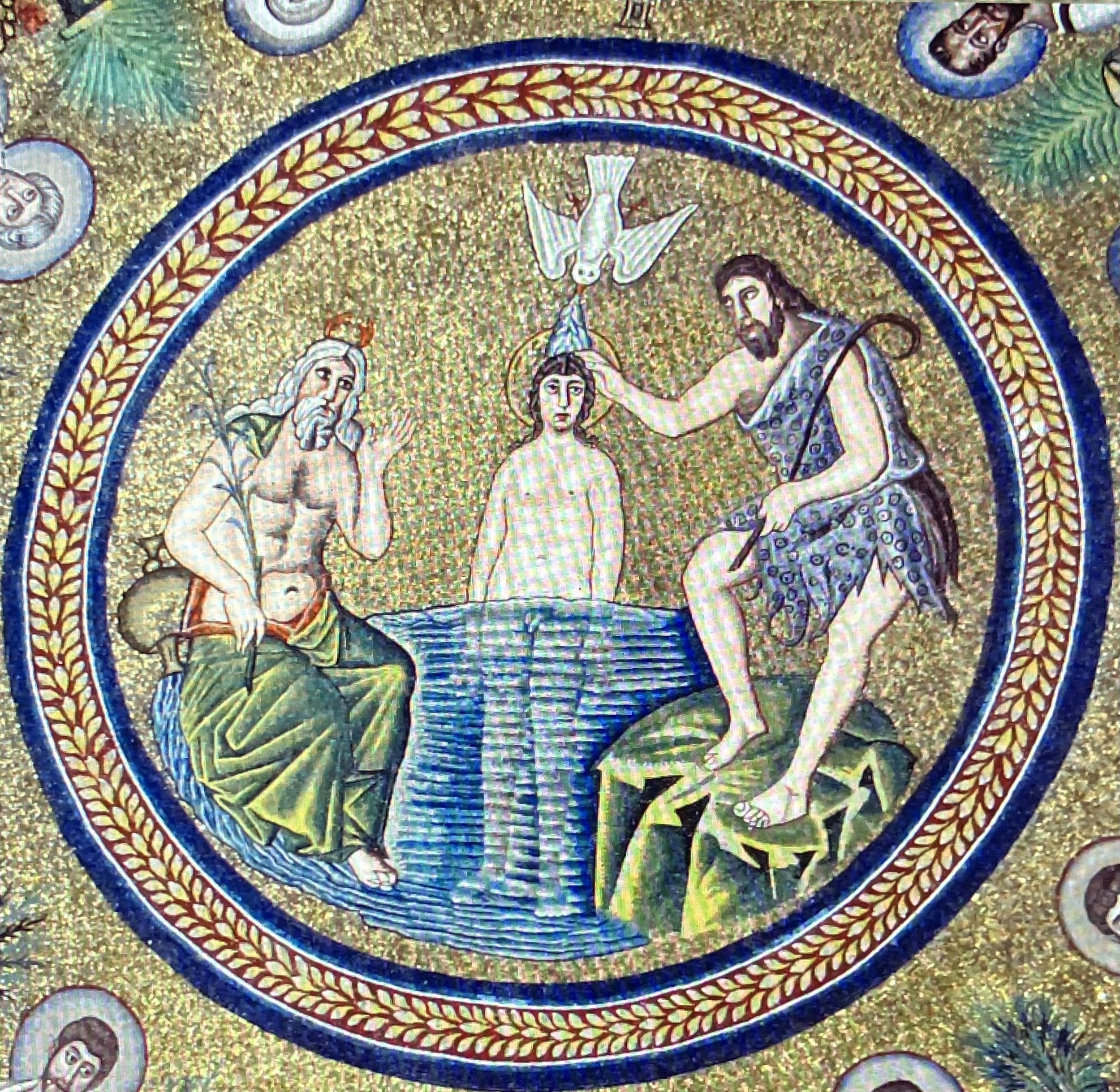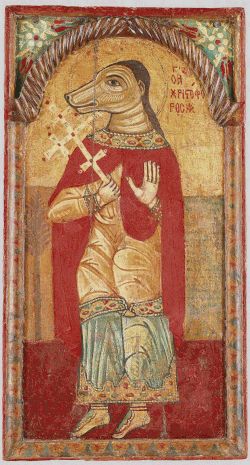The Miracle of the Resurrected Turbocharger, or Why I Think I Know What Cynocephalia Is
I’m a big fan of Justin Sledge and his YouTube channel ‘Esoterica’. I was watching his episode on Gnostic baptism, and he mentioned that they used a substance called ‘cynocephalia’, but that academics did not know what is was. So here’s my theory about what it is.
Here's a magical thing. I was sitting today at my desk for my day job at Canary Wharf in London. For my day job I still have to go to London one day a week, which is a bit of a schlep; but it does at least give me an excuse while I’m there to do things like visit the London Mithraeum, or pop into the British Museum to see the latest exhibition, or to visit the Queen of the Night, or the sublime Sekhmets in the Egyptian gallery, and sneak a touch when the guard is looking the other way.
Today I was eating a sandwich at lunchtime and thinking about cynocephalia, and also thinking that I am sitting at the centre of a really nice Venn diagram – one circle having a master's degree in the field of history, philosophy and religion, the second circle of the Venn diagram is the fact that I'm an aromatherapist who’s getting quite a detailed knowledge of the usage of ancient sacred oils in antiquity. And then, in a 3rd circle of my Venn diagram, I'm somewhat of an insider to the knowledge of the myrrophore lineage: a lot of the course content that I have been teaching has just sort of magically arrived. It really has been a case of ‘Begin weaving and Goddess will provide the thread.’ I literally just set out the oils that I wanted to work with and the other pieces of the jigsaw have just arrived magically to support them.
So given that Venn diagram, I thought, if there's anyone who could work out cynocephalia is, I have a pretty good chance. I started out just googling: is there anything on the internet that the academics might have missed? Is there anything about the plant name, or anything similar? I found that cynocephaly means having the head of a canid, typically that of a dog or jackal, and that, in addition to the well known Anubis, the jackal-headed psychopomp god who guides the souls of the dead, there is also a Egyptian god called Wepwawet (the opener of the ways). I followed the breadcrumb trail through Cerberus, three-headed guardian of Hades, and Hecate’s hounds, to discovering that there are a lot of dog headed saints or versions of saints: Coptic saints Ahrakas and Augani were shown as cynocephalic, as was Saint Christopher sometimes. Interesting, but not pointing me towards any herb identifications.
Saint Christopher Cynocephalus (dog-headed)
So I started looking for plants with ‘dog’ in the name: dogwood came up, but it does not seem to have any potential relevance to late classical period, gnostic initiation, or even any magical properties at all. Googling plants with ‘dog’ in the name didn’t deliver me any more clues.
So I started thinking, OK, the oils I chose for this course were really just sort of transmitted to me. What oils do I have in the course that haven't already been mentioned in the Gnostic baptism description? The baptism text lists myrtle, frankincense, myrrh. We also have some other florals mentioned: olive branches, vines, chrysanthemum.. all those are recognisable. Then it occurred to me that Rose is missing. Wild rose is called ‘dog-rose’. Could cynocephalia be rose? Surely though if rose was used in the baptisms, we'd be able to recognise it named as such? Nothing was jumping out as something that could possibly be cynocephalia yet.
And then I looked at Elemi. My first port of call for reference source for magical uses for essential oils is the Star Child website, and it was here that I had found out that Elemi is a good oil for initiations. When I found that out, I had thought, well, that's perfect because it had landed as the oil for Week 12, which is when we're preparing for initiation.
OK, let's look at Elemi a little bit more because it's a little bit enigmatic: Star Child's website description is one of the briefest entries about any of the oils. It doesn't say much at all, other than also ‘good for initiations and summoning animal spirits’, which is a vague connection with dogs, possibly, but not very specific to dogs’ heads. OK, so following the Elemi breadcrumb trail a little further: the name ‘elemi’ comes from Arabic, meaning ‘as above, so below’. So that maybe has frankincense, divine connection type vibes. Could it be the substance that invites an initiatory divine connection during the gnostic baptisms?
And then I saw the Latin name of Elemi: Canarium luzonicum. And I just laughed so much because I was sitting in Canary Wharf, the part of London Docklands with a name coming from the quay where vegetables and fruits from the Canary Islands were unloaded. The name for the islands actually came, not from canary birds, but from the Latin term for the island, Insula Canaria, meaning 'Island of the Dogs'. Canarium is the Latin name for Elemi. It's a dog tree, which links the heavens to the earth, and supports initiatory processes!
(For completeness, the ‘luzonicum’ part means ‘from the Philipines’, where this form of the tree is grown, but it has had a widespread use in the Middle East for centuries. This includes being used by the ancient Egyptians as a resin to embalm and preserve bodies; this link to the Egyptian immortality rituals is another positive link to Elemi being our correct candidate.)
This research is not 100% conclusive, but I'm trusting the synchronicity of me sitting with my sandwich in Canary Wharf and being struck by the thought that I think I should be able to work out what is cynocephalia. I think it’s Elemi.
And then, coming home afterwards: my car has an intermittent fault where the turbocharger jams and I can't get any acceleration out of it, so I have to pull over and restart the engine, which resets the turbocharger. Usually on the journey between home and the office, which is about 150 miles, I usually have to do this about four times. After the cynocephalia lightbulb moment today, I did not have to do it a single time on my journey home.
And that is a miracle.
Donna 29/11/2023


